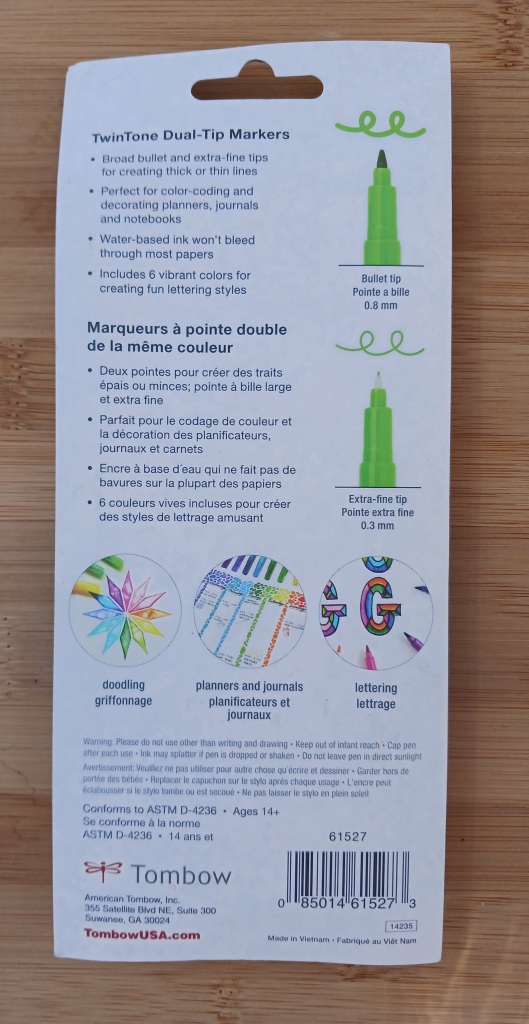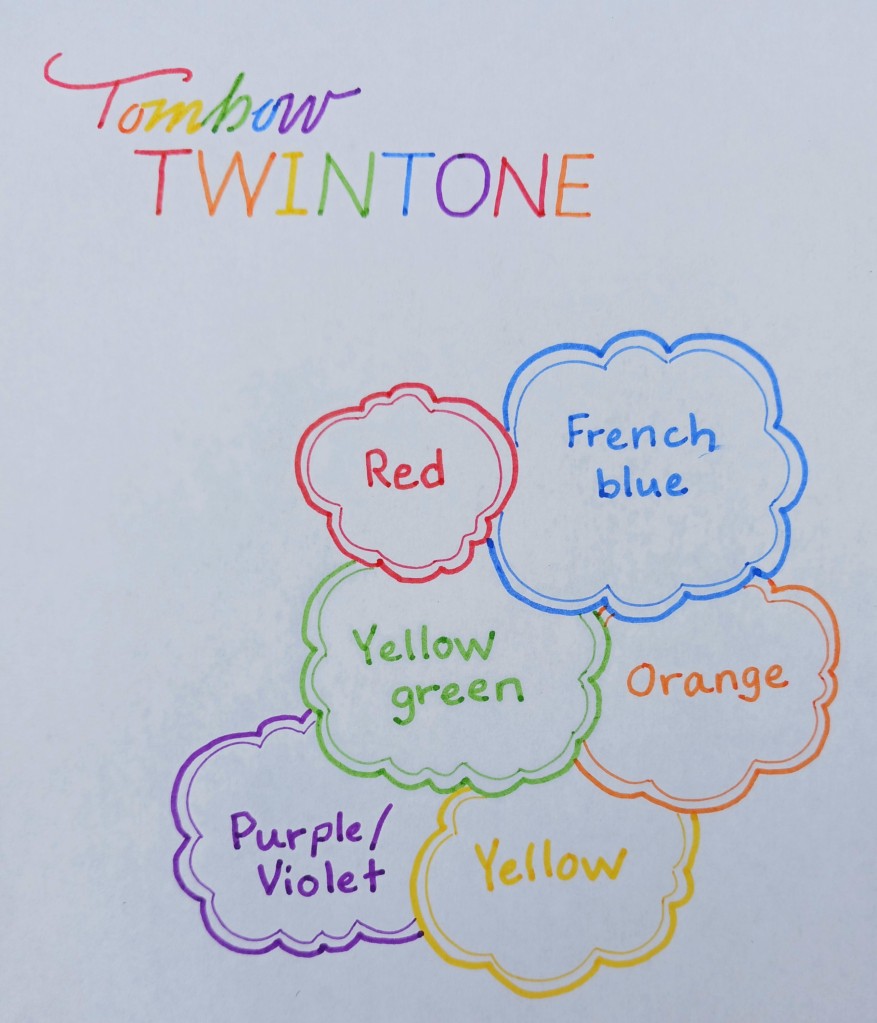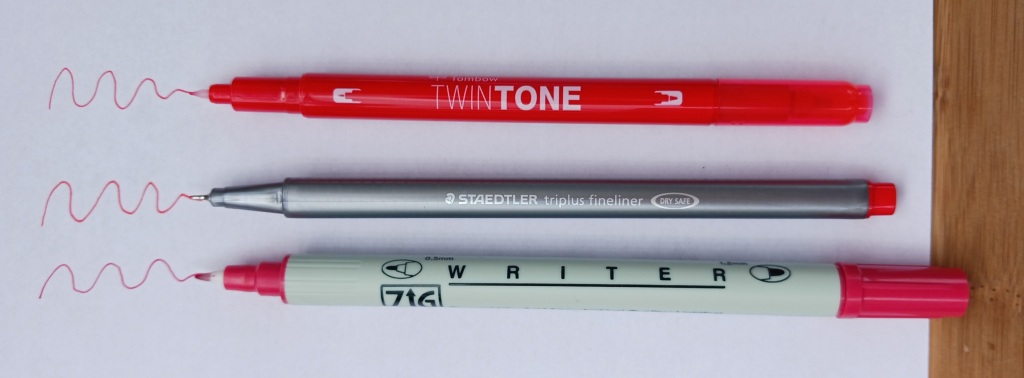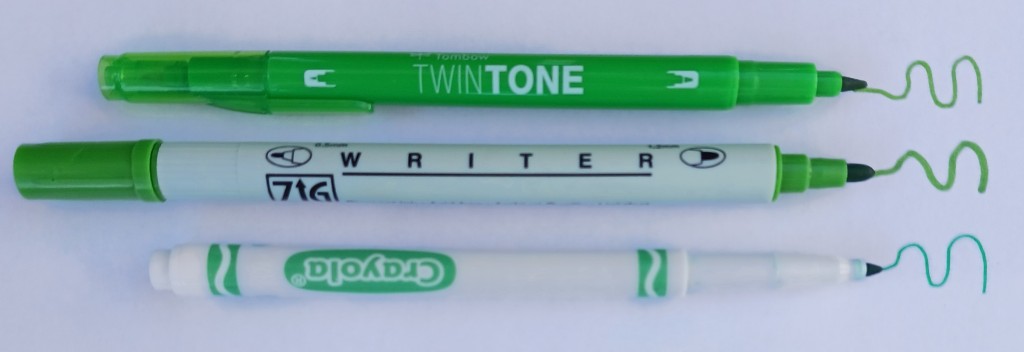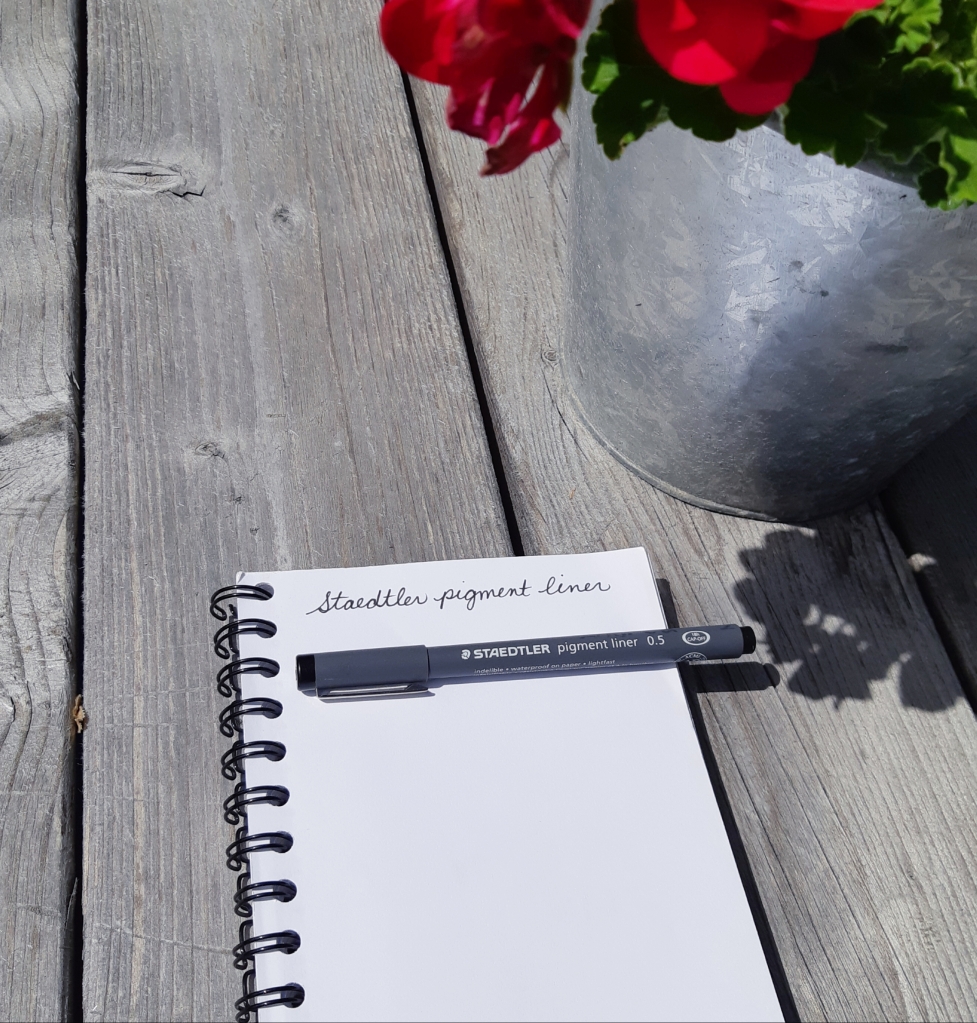
On November 18th, 2022 at 6:30 p.m. local time, I joined fountain pen enthusiasts around the world at a meet-up called Pelikan Hub. It is sponsored by the German company, Pelikan, but organized locally. Edmonton’s was apparently the most northerly one. I’d never been to one before but the Hubs started in 2014 and took place annually until the last couple of years when they were cancelled due to the pandemic. An interesting mix of people attended. I like fountain pens but I have nothing like the collections several participants brought along. Some had over a hundred pens! I got to try quite a few.
Pelikan is a German company founded early in the 19th century in Hanover. A chemist called Carl Hornemann opened a colour and ink factory. The company steadily grew and they began to use a picture of a pelican as a trademark, registering it in 1878. This started a trend in using bird motifs for trademarks in Germany. In 1881, Schmincke, the art supply company I wrote about earlier this month, chose an owl for their trademark. In 1929, Pelikan produced its first fountain pen. As well as inks and writing implements, Pelikan now also makes art and office supplies and is headquartered near Berlin.
I always love a freebee so one motivation for me to attend was the promise of swag. I got a promotional magazine from Pelikan, a pad of fountain pen friendly paper, a large chisel-tip black marker, and a sample of the turquoise coloured Pelikan Edelstein Ink of the Year 2022, Apatite, courtesy of Penablers. He also brought along bottles of other Edelstein inks we could try. The word “Edelstein” means gemstone in German so all the colours are named after gems. The hefty 50 ml glass bottles reminded me of expensive perfume bottles.

I don’t have any information about the paper but it is a nice smooth white paper and heavier than HP Premium 32 LaserJet paper. The pad (210 mm x 148 mm) fits nicely into my Walden Woodworkers note board. I just wish every page didn’t have Pelikan written on the upper righthand corner.

The 710 permanent markers were provided to sign a big Pelikan Hub banner but there were lots so I took one to try out. I don’t think this marker is available in Canada as I have not seen one before. It is very black and there was some show-through the thick paper in the Pelikan pad. According to the Pelikan website, it is waterproof on almost all materials and is refillable, although they don’t explain how you would go about refilling it.
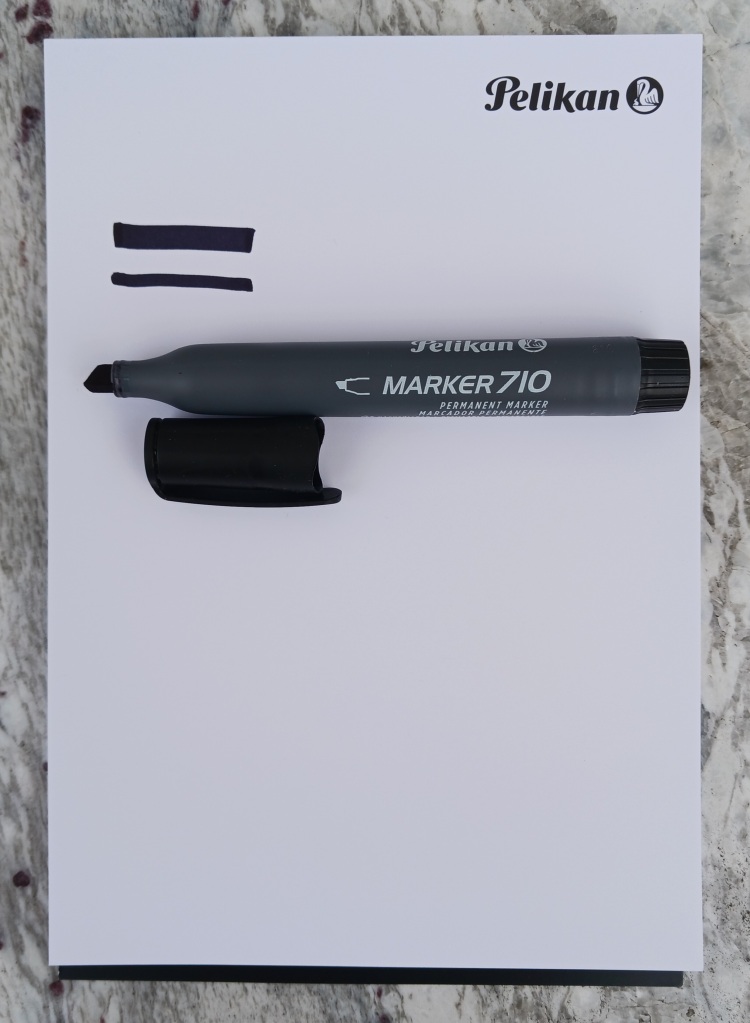
If a Pelikan Hub were a person, they would be very sociable. They are a bit obsessed with pens and ink and love to share their enthusiasm.


